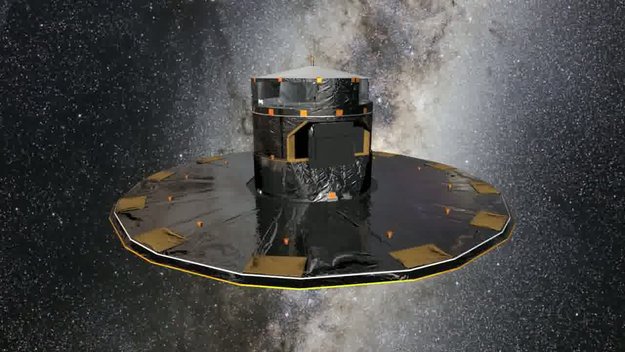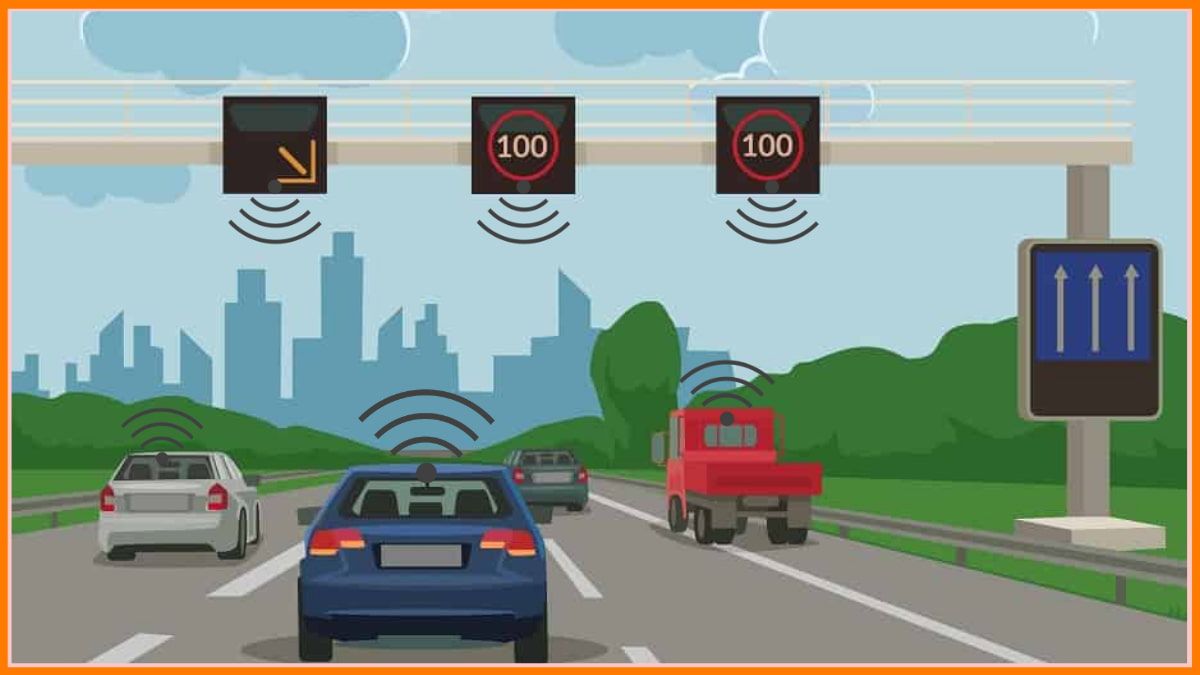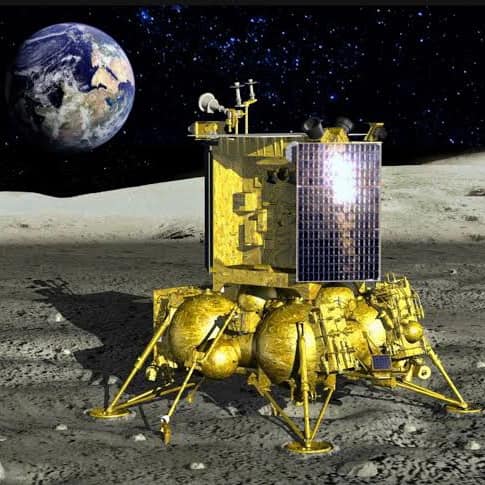
The European Space Agency (ESA), using data from the Gaia mission, has made an exciting discovery of a new family of black holes that are unlike any other. This discovery is especially interesting because one of the black holes is the closest to Earth, while the other is the second closest.
The black holes, known as Gaia BH1 and Gaia BH2, are located in the direction of the constellations Ophiuchus and Centaurus, respectively. They are 1560 and 3800 light-years away from us, which is not far in cosmic terms. Scientists believe that these two massive objects are in our cosmic backyard.
The discovery of the two black holes was made through the wobbles in the movement of their companion stars. These wobbles indicated that the stars were not alone and were orbiting around a massive object that was nearly ten times more massive than our Sun. The black holes are completely black and invisible, and they can only be detected due to their gravitational effects.
According to Kareem El-Badry, who discovered the new black holes, what makes them unique is their wide separation from their companion stars. He says that these black holes likely have a different formation history than X-ray binaries.
This discovery was made by analyzing the data collected by the Gaia mission, which measures the positions and motions of billions of stars in the universe. The movement of stars can provide crucial information about objects that are affecting them gravitationally.
Although the Gaia data revealed the presence of a massive object around the stars, the Chandra X-ray Observatory and the South African MeerKAT radio telescope did not detect any emission, which is typically associated with black holes.

This discovery is significant because it challenges our current understanding of black holes and provides new insights into their formation and behavior. It also highlights the importance of using multiple methods to study these mysterious objects in the universe.
Yvette Cendes, who was involved in the discovery of the second black hole, explained that even though the companion star emits a lot of particles in the form of stellar wind, the black hole isn’t consuming many of them since no radio light was detected. This raises questions about why this is the case, and further research is needed to understand it.
These newly discovered black holes are unique in that they don’t emit any light, making them practically invisible, possibly due to their distance from their companion stars.
The European Space Agency has stated that BH1 and Gaia BH2 have the most widely separated orbits of all known black holes. Additionally, the fact that they are the closest black holes to Earth and still relatively unknown suggests that there may be many more similar black holes in wide binary systems waiting to be discovered.
What is Gaia Mission ?
The Gaia mission is a space mission of the European Space Agency (ESA) designed to create a three-dimensional map of our Milky Way galaxy. The primary goal of the Gaia mission is to study the positions, distances, and motions of over a billion stars in our galaxy with unprecedented accuracy.
The spacecraft was launched in December 2013 and has been collecting data since July 2014. Gaia’s observations are expected to lead to significant advances in our understanding of the structure, formation, and evolution of the Milky Way, as well as the distribution and properties of dark matter in the galaxy.
In addition to mapping the stars, Gaia is also expected to detect thousands of new exoplanets, asteroids, and other celestial objects. The mission is named after the ancient Greek goddess of the Earth, Gaia, who was believed to embody the interconnectedness of all living things.
For breaking news and live news updates, like us on Facebook fb.com/thevoiceofsikkim or follow us on Twitter twitter.com/thevoicesikkim and Instagram instagram.com/thevoiceofsikkim. Visit www.voiceofsikkim.com.






